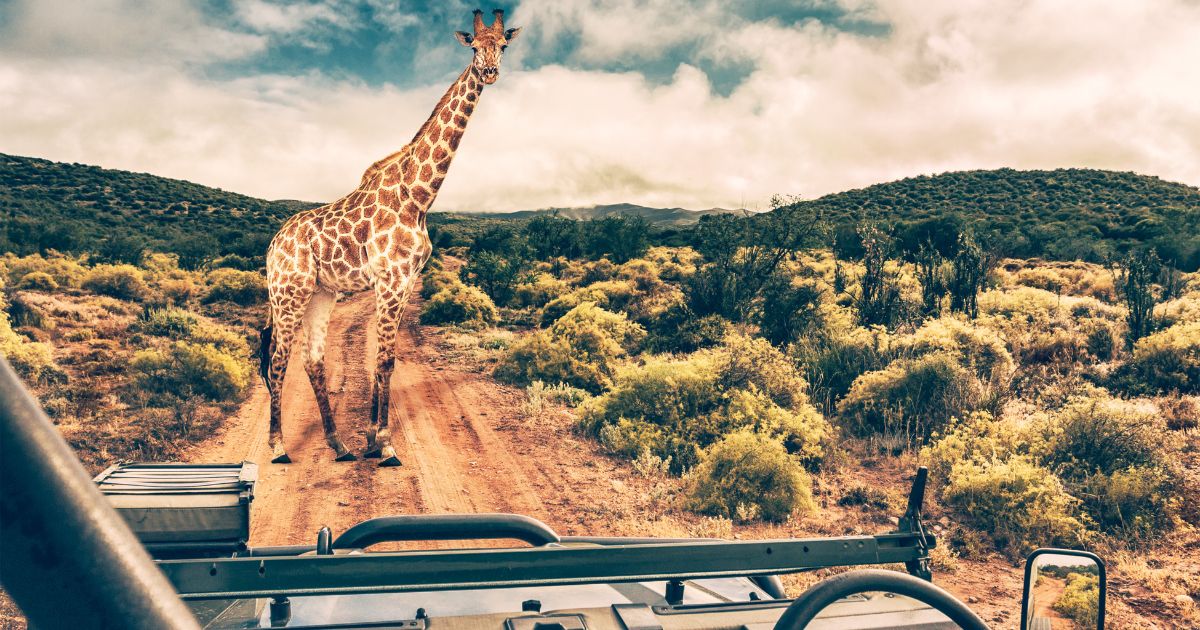
Traveling to observe wildlife can be one of the most awe-inspiring experiences a nature lover can enjoy. Yet the rising popularity of wildlife tourism has led to overcrowded viewing areas, stressed animals, and opportunistic operators more interested in profit than preservation. In this guide, you’ll learn how to choose truly ethical wildlife encounters that prioritize animal welfare, protect fragile ecosystems, and support the communities who live alongside these creatures.
What Is Ethical Wildlife Travel?
Ethical wildlife travel is defined by experiences that allow you to observe animals in their natural habitats without causing disruption or harm. It means rejecting attractions where animals are caged, forced to perform tricks, or subjected to abusive training methods. Instead, ethical travel operators work with conservation groups, follow strict animal welfare standards, and reinvest a portion of their profits into research and habitat protection.
Why Responsible Encounters Matter

Irresponsible wildlife tourism can lead to negative behaviors such as feeding wild animals, approaching too closely, or disrupting nesting and feeding grounds. These actions stress animals, alter natural behaviors, and even spread disease. By choosing responsible encounters, you help maintain ecological balance, protect endangered species, and ensure that future generations can enjoy authentic, unspoiled wildlife experiences.
Choosing the Right Wildlife Tour Operators
Not all tour operators adhere to the same standards. When researching, look for certifications from reputable bodies such as the Global Sustainable Tourism Council (GSTC) or endorsements by wildlife conservation organizations. Read independent reviews and ask about group size limits, distance policies (minimum viewing distances), and whether guides follow a code of conduct that prioritizes animal welfare over photo opportunities.
Top Destinations for Ethical Wildlife Travel
Certain regions have built strong reputations for responsible wildlife tourism amenities, conservation funding, and community involvement. Consider destinations like Costa Rica for sloths and sea turtles, Botswana for savannah elephants and wild dogs, Borneo for orangutans and sun bears, India’s tiger reserves, or the Galápagos Islands for marine iguanas and giant tortoises. These locations typically have strict regulations and well-trained guides to ensure minimal impact on wildlife.
Tips for Responsible Wildlife Watching
Here are practical steps you can take whenever you embark on a wildlife viewing excursion:
- Maintain a safe distance: Use binoculars or telephoto lenses instead of approaching too closely.
- Avoid feeding: Human food can be harmful and create dependency.
- Remain quiet: Loud noises stress animals and disturb other visitors.
- Follow trail guidelines: Stay on marked paths to protect habitats.
- Do not litter: Carry reusable containers and pack out all waste.
Supporting Local Communities and Conservation Efforts

An ethical wildlife trip is also a chance to uplift local people who protect these environments. Hire local guides who possess traditional knowledge, stay in community-owned lodges, and purchase handicrafts that provide alternative income to poaching or deforestation. Many operators donate a percentage of profits to anti-poaching patrols, habitat restoration, or wildlife rehabilitation centers.
Sustainable Packing and Gear Tips
Pack light, durable gear that minimizes waste and energy use. Follow a sustainable packing checklist to ensure you bring only what’s necessary, including a refillable water bottle with a built-in filter, eco-friendly insect repellent, and biodegradable soaps. Binoculars, a solar charger, and high-quality walking shoes will enhance your experience while reducing single-use plastic pollution and limiting your carbon footprint. Proper organization, eco-conscious travel gear, and minimal baggage help make your trip greener and more enjoyable.
Minimizing Your Environmental Impact
Beyond wildlife viewing, consider your overall footprint when planning a carbon-neutral vacation. Choose airlines or tour operators that offset carbon emissions, opt for public transport or shared shuttles whenever possible, and limit energy use by selecting eco-certified accommodations. Simple actions like switching off lights, joining reforestation projects, carrying reusable bags for shopping, and supporting local conservation initiatives can collectively make a significant difference.
Volunteering and Citizen Science Opportunities
For those who want a deeper connection, many organizations offer short-term volunteer stints or citizen science programs. Participants assist with data collection on bird migrations, camera-trap monitoring for big cats, or sea turtle nest counts. Remember to vet these programs carefully to ensure they are run by accredited conservation groups and adhere to ethical guidelines for volunteer involvement.
Planning Your Trip and Best Practices
Begin planning well in advance: research seasons when wildlife is most active, enroll in pre-trip orientation sessions, and obtain any necessary permits or insurance. Keep group sizes small, respect local cultural norms regarding dress and behavior, and always prioritize animal welfare over capturing the perfect photograph.
Conclusion: Leave Only Footprints, Take Only Memories
Ethical wildlife travel is about more than just ticking off a species on your bucket list. It’s a commitment to protecting the natural world and the communities that steward it. By choosing responsible operators, respecting animal behavior, and minimizing your environmental footprint, you contribute to meaningful conservation efforts. Book your next wildlife adventure with these principles in mind—and enjoy the unforgettable experience of encountering animals in ways that truly honor their freedom and natural beauty.

















No Comments